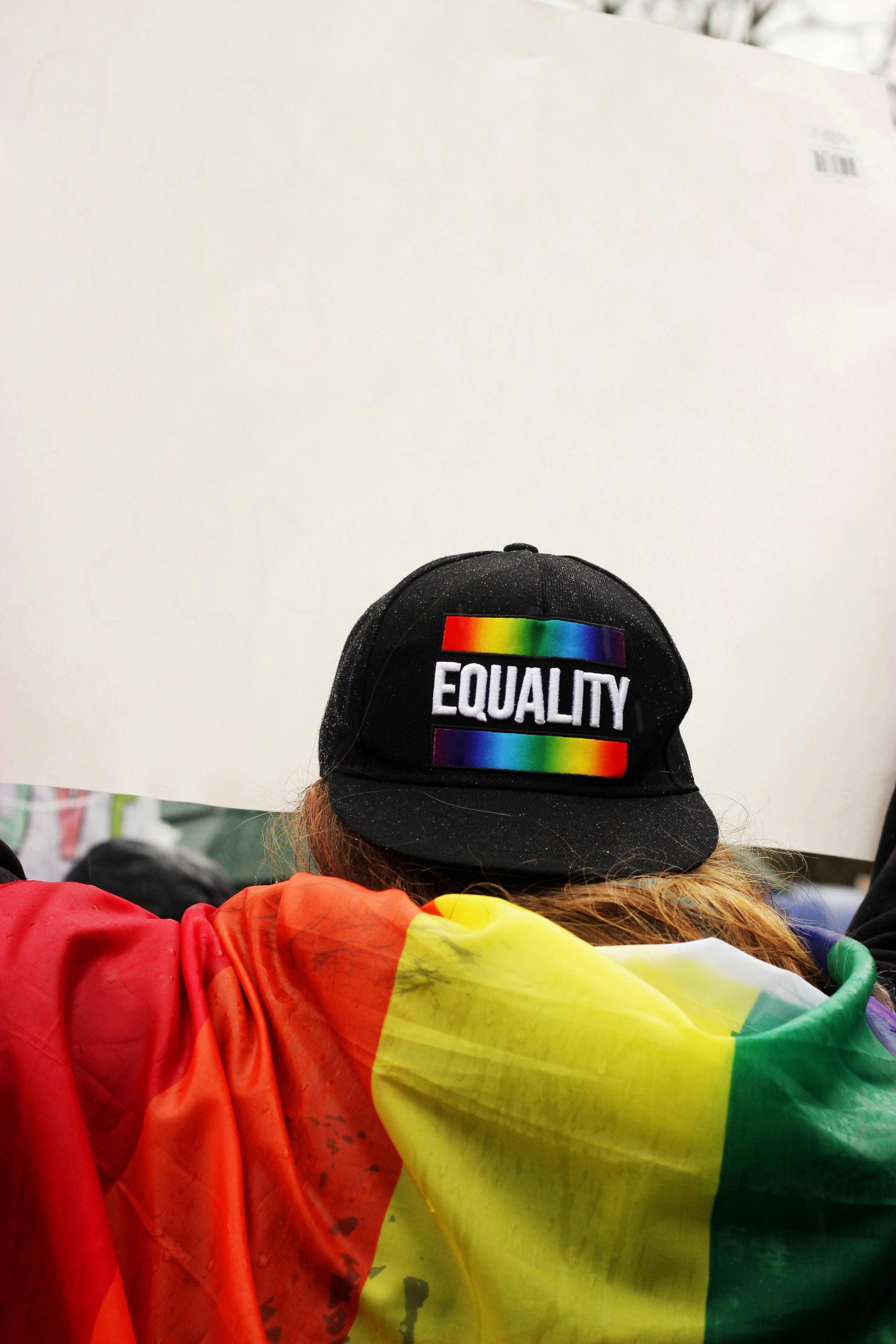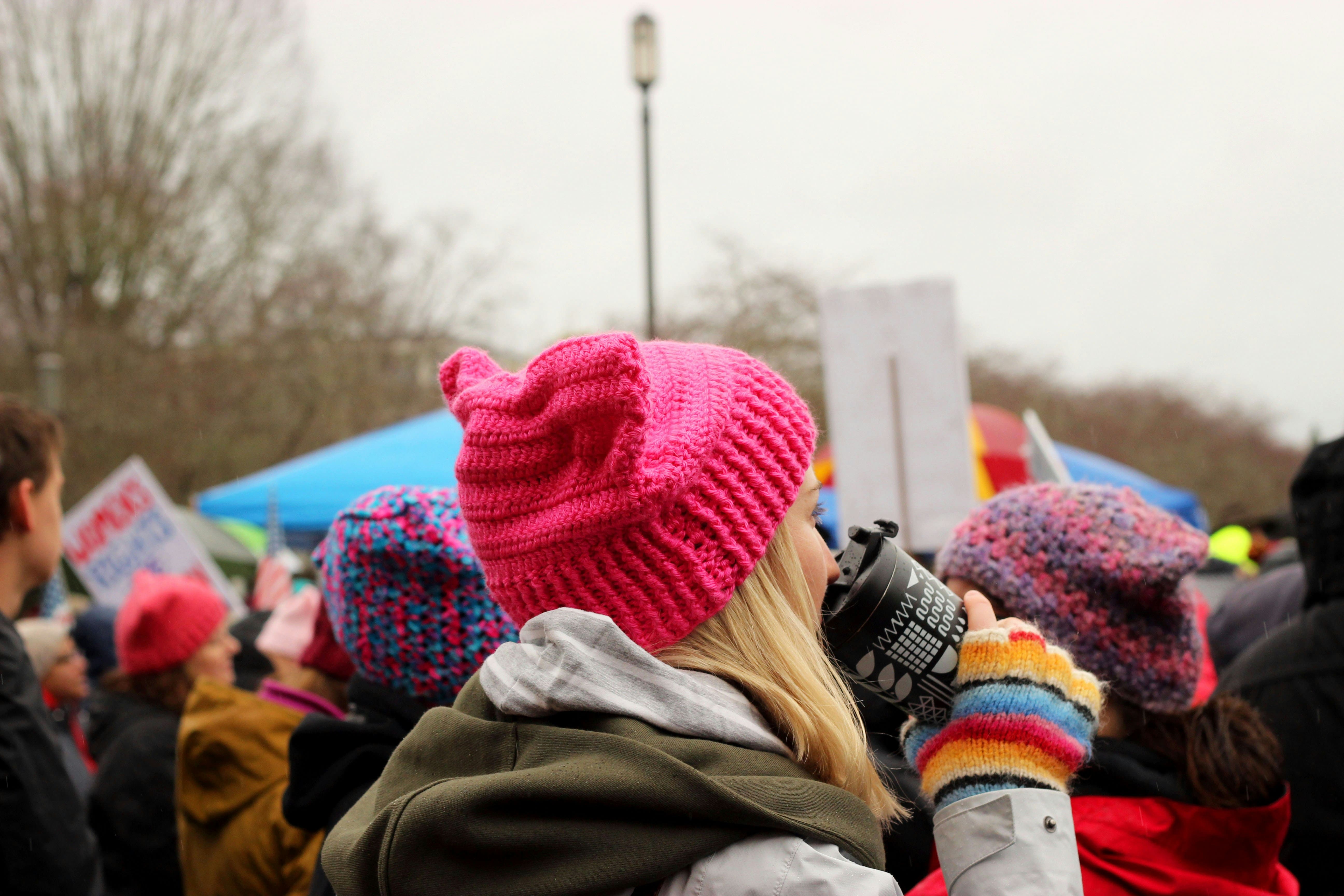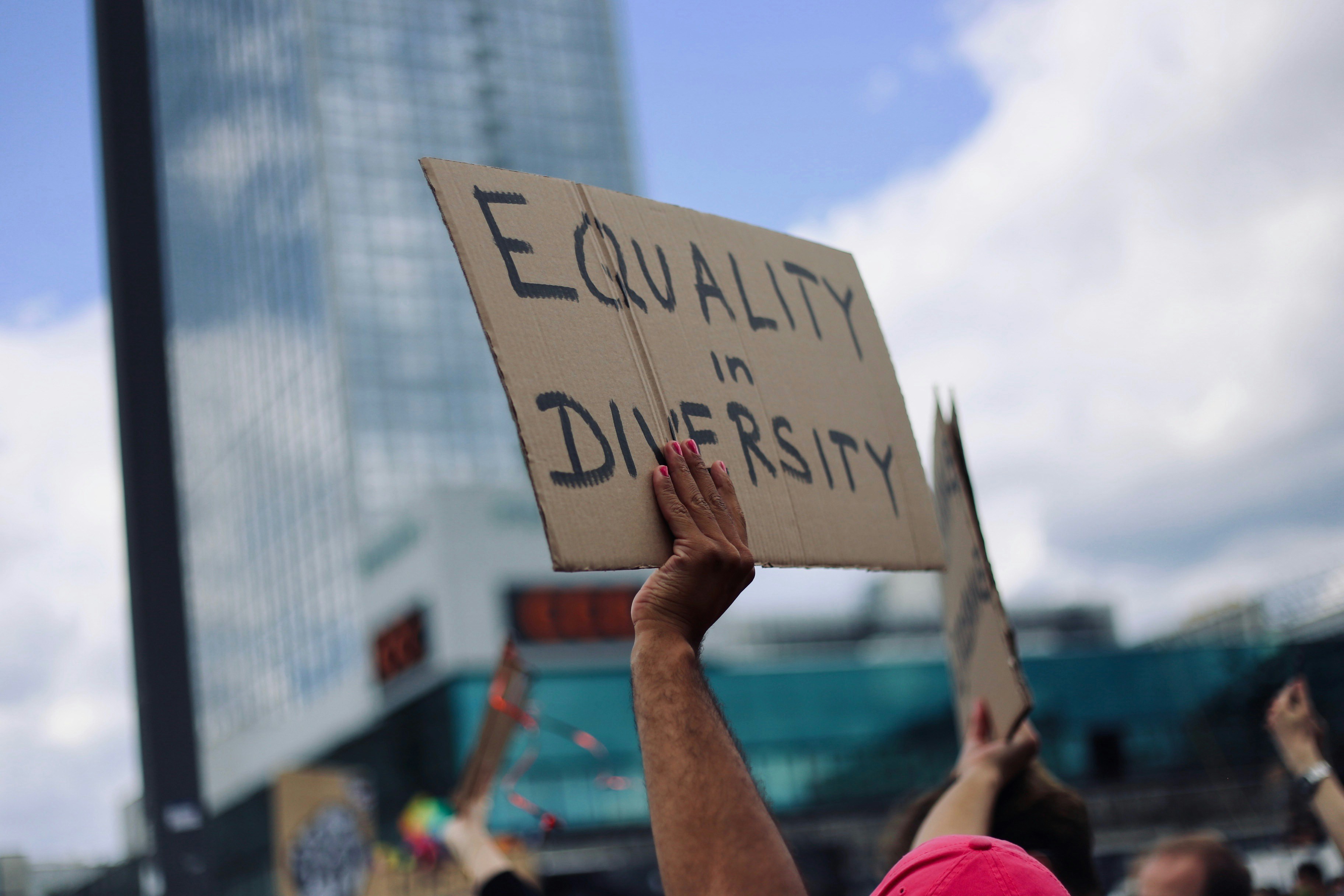Including LGBTQ+ Voices in Feminism: A Contemporary Viewpoint

Achieving equality for women in the social, political, and economic spheres has long been the main goal of feminism. With the goal of representing a wider range of identities and experiences, the movement has grown more inclusive over time. The inclusion of LGBTQ+ voices is one of the most significant and essential extensions of contemporary feminism. This change is a result of a growing realization that achieving gender equality requires addressing the representation and rights of people of all genders and sexual orientations.
This article examines how feminism can be more inclusive of LGBTQ+ identities, the importance of doing so, and the difficulties and advancements associated with expanding the feminist movement.
The Importance of Intersectionality
Kimberlé Crenshaw came up with the term "intersectionality," which describes how various facets of identity, including race, gender, sexual orientation, and class, interact to create distinct experiences of privilege or discrimination. Without an intersectional perspective, feminism runs the risk of marginalizing people who don't conform to a rigid definition of "womanhood."
By incorporating LGBTQ+ perspectives, feminism is kept current and equitable. For instance, transgender women frequently experience particular types of discrimination in the healthcare industry and gender-based violence. In both feminist and LGBTQ+ contexts, lesbian and bisexual women may experience exclusion or erasure. Binary gender norms, which are frequently the source of inequality, are contested by nonbinary people.
LGBTQ+ Feminism Contributions
Feminist advocacy and theory have long benefited from the contributions of LGBTQ+ activists and intellectuals. Black lesbian feminist Audre Lorde highlighted the value of accepting diversity instead of ignoring it. Two transgender women of color, Sylvia Rivera and Marsha P. Johnson, were instrumental in the early LGBTQ+ rights movement, which included the Stonewall Uprising.
Their work emphasizes how the fights for queer, racial, and gender justice are intertwined. By emphasizing the nuanced intersections between gender and sexuality, many LGBTQ+ activists today are still working to advance feminism toward greater inclusivity.
Typical Obstacles to Inclusion
Despite advancements, obstacles still exist. One issue is the continued prevalence of discriminatory beliefs that reject the validity of trans women's identities, such as trans-exclusionary radical feminism (TERF ideology). In addition to harming transgender people, these opinions undermine the feminist movement by sowing discord.
Representation is another problem. LGBTQ+ people are frequently underrepresented in media representations of feminism or in leadership positions within feminist organizations. LGBTQ+ people's needs and concerns might go unnoticed in the absence of diverse leadership.
Language has an impact as well. Sometimes the terminology and presumptions used in feminist discourse exclude nonbinary and gender nonconforming people. A crucial first step in creating a more welcoming movement is revising language to be more inclusive.
Steps Toward Greater Inclusion
Intentional efforts are required to genuinely spread feminism:
Education and Awareness: It is crucial to gain knowledge about LGBTQ+ identities and the unique difficulties that these communities face. This entails supporting queer-inclusive curricula in schools and hearing community voices.
Representation Matters: By elevating LGBTQ+ perspectives in feminist discussions, we can make sure that campaigns and policies represent a variety of experiences.
Advocacy for Inclusive Policies: LGBTQ+ rights, such as safe public areas, access to healthcare, and anti-discrimination safeguards, should be supported by feminists.
Building Coalitions: Collaborating with LGBTQ+ groups promotes activism, shared resources, and knowledge while fortifying solidarity.
Language Sensitivity: Fostering a sense of community is facilitated by the use of inclusive language that recognizes all gender identities and sexual orientations.

Examples of Progress in the Real World
Advances in LGBTQ+ inclusion have already been made by a few feminist organizations. For example, the platforms of many women's marches now specifically mention LGBTQ+ rights. Groups such as the National Organization for Women (NOW) have advocated for laws pertaining to transgender rights and marriage equality.
Additionally, social media has contributed to the growth of intersectional feminism. LGBTQ+ activists can plan events, tell their stories, and educate others through online platforms. Younger generations have been able to connect with inclusive and diverse feminist ideals thanks to this digital activism.
The Part Allies Play
By promoting LGBTQ+ inclusion in feminist spaces, cisgender and heterosexual feminists can serve as allies. Being an ally entails acknowledging one's own privilege, actively opposing discriminatory practices, and creating space for queer voices. Allies need to pay attention, pick up knowledge, and behave with compassion and humility.
Additionally, allyship entails introspection and a readiness to develop. People can support a movement that genuinely benefits everyone by analyzing their prejudices and accepting discomfort.

Conclusion
To address the needs of everyone who encounters gender-based inequality, feminism must continue to develop in the modern era. Incorporating LGBTQ+ perspectives enhances the movement and guarantees that it encompasses the entire range of human experiences. Even though there are still obstacles to overcome, advancement is achievable with knowledge, unity, and a dedication to justice.
Feminism gains strength and inclusivity as its reach expands. The movement can keep fighting systemic inequality in all of its manifestations by adopting the intersectionality tenets and paying attention to people with diverse life experiences.
Ultimately, a feminist future is one in which no identity is left behind—where everyone, regardless of gender identity or sexual orientation, enjoys the rights to equity, dignity, and freedom.